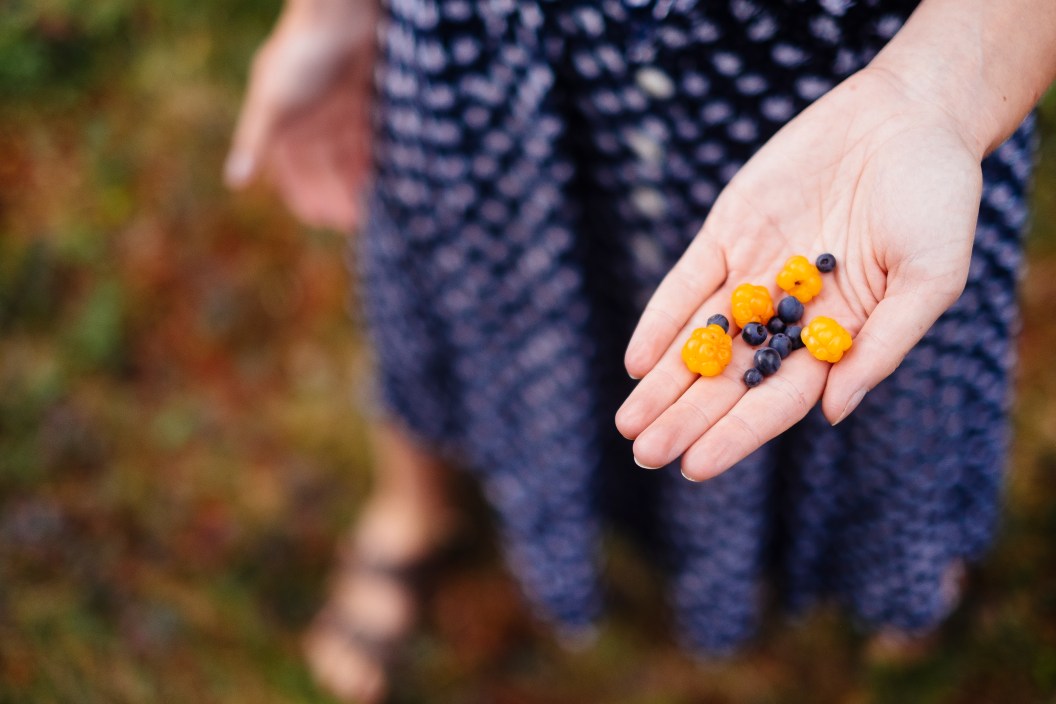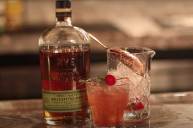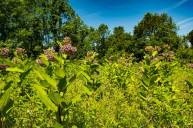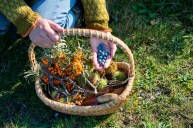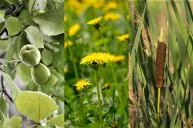When people think of foraging, they usually think of eating berries off the vine. While this is undoubtedly delicious, these same ingredients can be carried home and used to put a fun, wild twist on your favorite cocktails.
The forests around us are full of nuts, berries, and other edible plants that can be foraged for all kinds of recipes.
Check out the list below for inspiration.
1. Mulberries
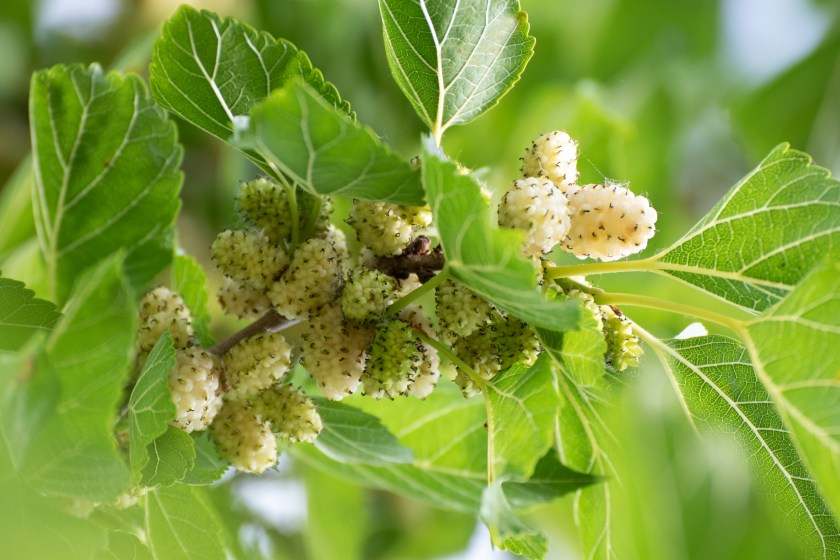
Paola Iamunno/Getty Images
Mulberry trees are native to North America and Asia and produce a sweet berry that can be colored white, pink, red, or purple. The fruits look like a longer version of blackberries and can be found across the continental United States. Mulberry trees have toothed leaves that alternate along the stem.
Black mulberries are the most popular for eating. Moreover, make sure you only pick the ripe berries as underripe berries and the tree sap can be toxic.
Tastes Best In: Mules, Mojitos, or any other drink that contains muddled berries
2. Maple Syrup
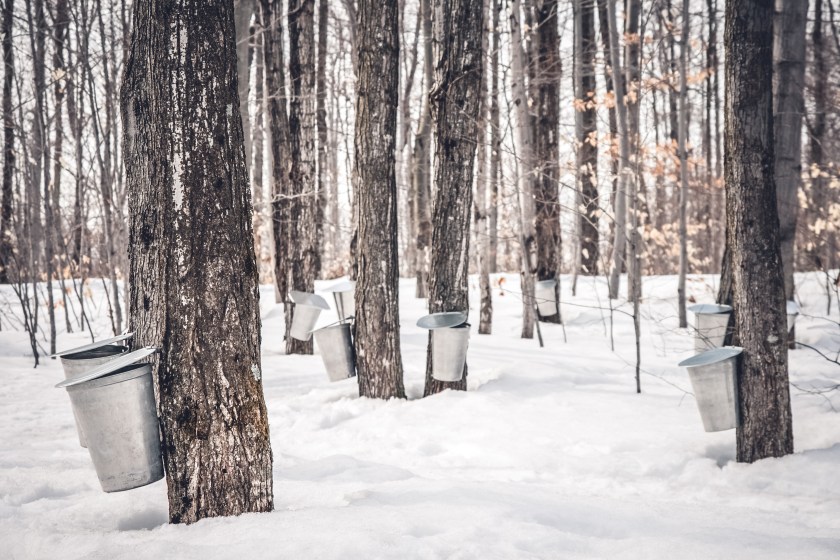
Studio Light and Shade/Getty Images
This foraging process will require significantly more effort than berry picking in order to harvest maple sap from a tree and turn it into syrup. But the payoff is real: Not only will you have a great flavoring for cocktails, but a delicious sweetener for pancakes, oatmeal, and more.
Sugar Maple trees are native to Eastern North America and has smooth grey bark and leaves that have 3 to 5 lobes Keep in mind not every area allows the tapping of maple trees. But if yours does, the Minnesota Department of Natural Resources provides a great resource on how to tap trees and make maple syrup, or check out our guide on how to tap and make your own maple syrup.
Tastes Best In: Old Fashioned and other bourbon and whisky based drinks
3. Dandelion

MRaven/Getty Images
Most of us know of dandelion as a common yard weed. The flowers are yellow with a hollow stem and the leaves have spread-out teeth that attach at the base of the flower's stem. These leaves can be used in salads while the roots can be made into a tea that is similar in flavor to coffee.
You can certainly drink that tea anytime, but this tea can also be used in conjunction with cocktails. Just steep the roots like you would any other tea bag. (Note: For your own safety, make sure where you are harvesting has not been sprayed with weed killer.)
4. Black Walnut
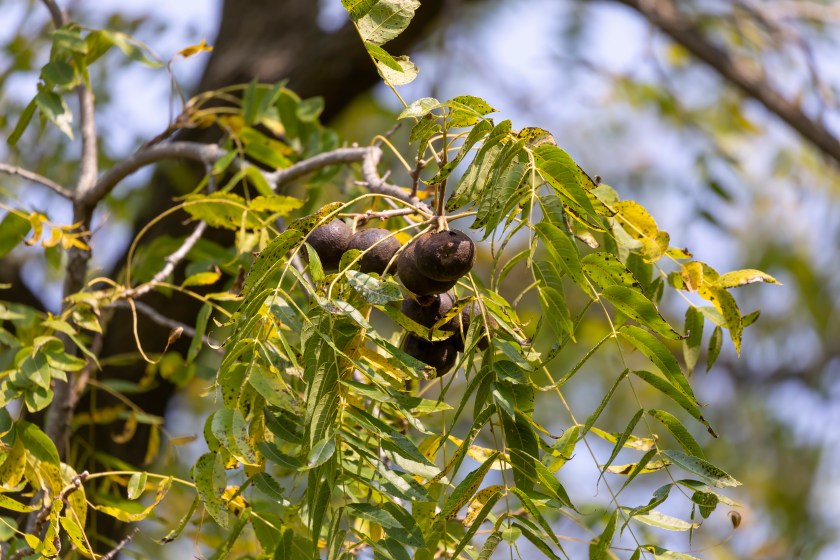
Karel Bock/Getty Images
Black Walnut trees are mostly found in the eastern and central parts of the United States. They have a straight trunk and feather-compound leaves that have slightly jagged edges. The fruit comes out in late fall and is easy to identify with its round green husk that is the about 1.5 to 2.5 inches wide.
In order to get to the edible part, you have to take off the green husk (careful: the green hue can stain) and crack open the outer shell to reveal the walnut inside.
Tastes Best In: Nutty-flavored whiskey drinks (we love a Black Walnut Manhattan); most often the black walnuts are best ground and used as a rim garnish.
5. Staghorn Sumac
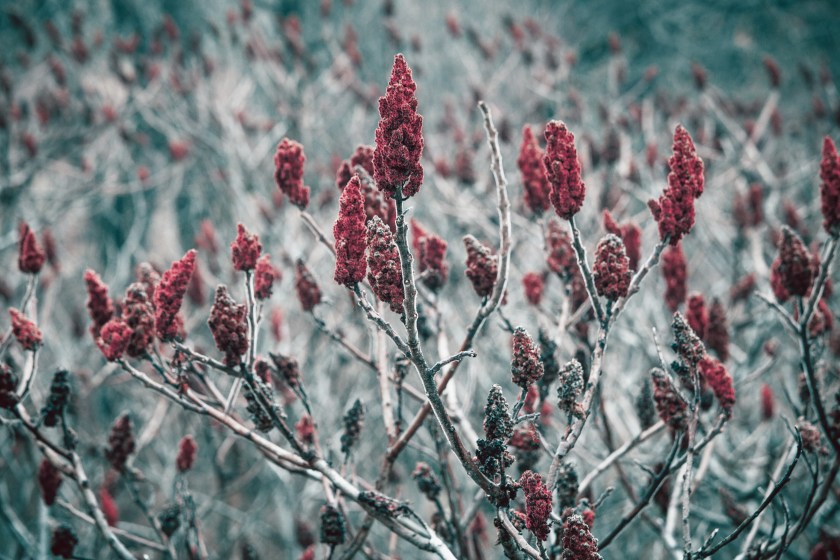
Angelo Cordeschi/Getty Images
Staghorn Sumac trees have red berries that are available even in the winter season. Just be careful to only pick the red variety as the white ones are poisonous.
The trees can be found on the edges of forests but not deep in the woods. They grow about 5 to 15 feet and can be found in central and eastern United States. The leaves are long and pointed and the fruit can be identified by clusters of fuzzy pinkish red berries.
The berries have a tart flavor that tastes kind of like lemon with a hint of raspberry. Steep the fruit into a tea and use the liquid; or boil it 1:1 with sugar (or that fresh maple syrup) to make a sumac simple syrup.
Tastes Best In: Any drink you want to add a splash of acidic citrus flavor: margaritas, Tom Collins or other gin-based drinks, or other shaken drinks
6. Wild Asparagus
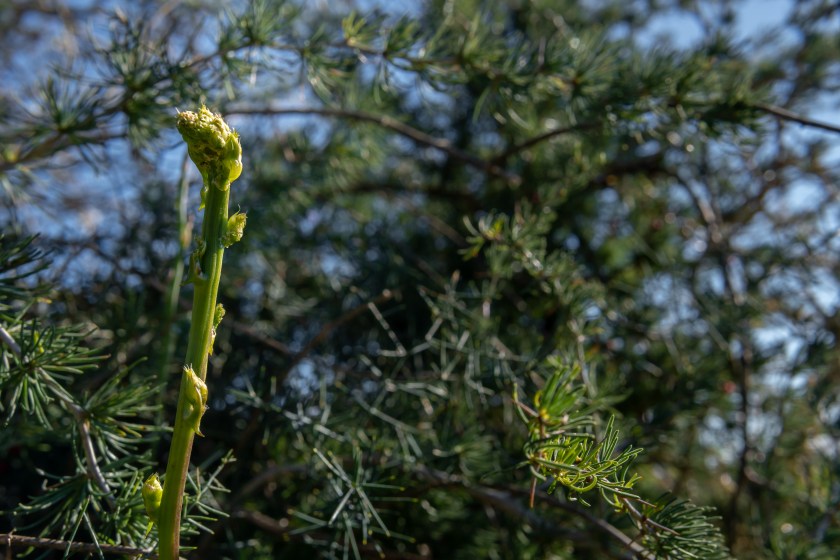
Neme Jimenez/Getty Images
Wild Asparagus grows where there is lots of sun and the soil is moist but sandy. It has yellowish-green fern like foliage and the spears grow out of the ground near the base of the ferns.
Cut the spears near the ground and make sure the tips are still tightly closed. If the tips are opening, the asparagus will be tough and not great to eat.
Tastes Best In: A garnish for a Bloody Mary or muddled into a cocktail, like this gin-based drink called Stalk & Trade.
READ MORE: Top 3 Things to Eat When You're Stranded in the Wilderness
